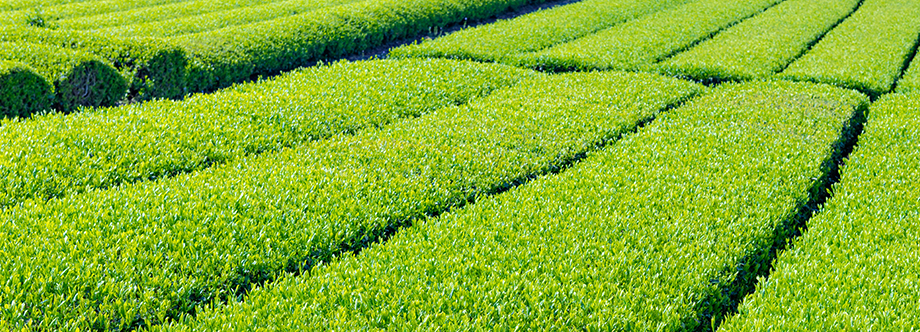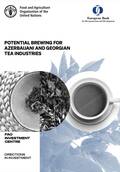Commodity in focus
Tea is one of the most important cash crops and plays a significant role in rural development, poverty reduction and food security in exporting and developing countries. It is a principle source of livelihood for millions of smallholder producers.
Tea has also a cultural significance in many societies.
The United Nations (UN) designated 21 May as International Tea Day to celebrate the tea industry around the world. This day is meant to raise public awareness of the importance of tea for rural development, sustainable livelihoods as well as its contribution to the Sustainable Development Goals (SDGs).
Takeaways:
| Tea production and processing represent a source of livelihood for millions of families, including in least developed countries. |
| Tea export earnings help to finance food import bills, supporting the economies of major tea-producing countries. |
| The specific agro-ecological conditions where tea thrives occur in areas which are highly vulnerable to climate change. |
| To ensure benefits for both people and the environment, the tea value chain must be sustainable at all stages, from field to cup. |
Did you know?
- Tea is one of the world’s oldest beverages, and is the most consumed drink in the world, after water.
- Tea is available in many varieties, which differ according to the applied oxidation and fermentation technique.
- Tea cultivation provides employment and income to millions of smallholder growers, who are supplementing or even replacing production of larger tea estates in many countries.
- While three quarters of tea produced is consumed domestically, tea is a widely traded and exported commodity.
- Over the past decades, the global tea industry has seen rapid growth, with a rising number of consumers globally.
- Despite the increase of tea consumption in major producing countries, per capita consumption remains low, suggesting there is still considerable growth potential in these countries.
- Drinking tea can bring many health benefits, from anti-inflammatory to antioxidant and weight loss effects.
- China, Korea and Japan have four tea cultivation sites designated as Globally Important Agricultural Heritage Systems (GIAHS) by FAO.
Featured Resources
-
International tea market: market situation, prospects and emerging issues
Published: May 2022
-
Tea sector review – Azerbaijan
Published: May 2022
-
Published: May 2022
-
Potential brewing for Azerbaijani and Georgian tea industries
Published: January 2021
-
Carbon neutral tea production in China – Three pilot case studies
Published: January 2021
-
Reigniting the engine of growth: A forward-looking business model for the Mauritian tea industry
Published: January 2021
-
Medium-term prospects for RAMHOT products
Published: January 2016











